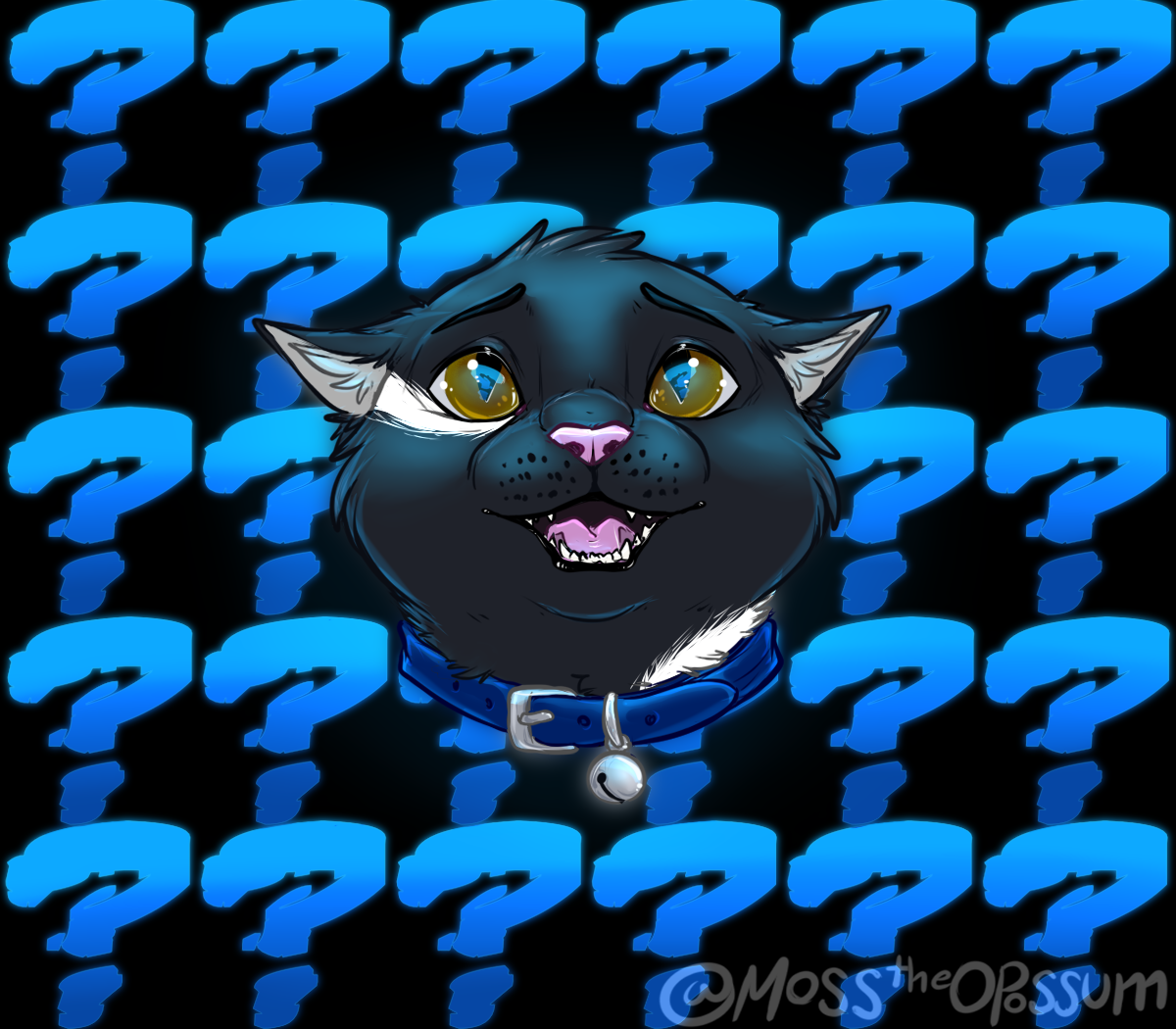There are ways to estimate a little more accurately, but the amount of fine tuning that is guesswork and brute force searching is too damn high…
- 0 Posts
- 23 Comments
Simplest multilayer perceptron*.
A neural network can be made with only one hidden layer (and still, mathematically proven, be able to output any possible function result, just not as easily trained, and with a much higher number of neurons).
… 1957
Perceptrons. The math dates back to the 40s, but '57 marks the first artificial neural network.
Also 35 years is infancy in science, or at least teenage, as we see from deep learning’s growing pains right now. Visualizations of neural network responses and reverse engineering neural networks to understand how they tick predate 2010 at least. Deep Dream was actually built off an idea of network inversion visualizations, and that’s ten years old now.
When you’re working at the algorithm level, you get funny looks… Even if it gets to state of the art results, who cares because you can throw more electricity and data at it instead.
I worked specifically on low data algorithms, so my work was particularly frowned upon by modern ai scientists.
I’m not doxxing myself, but unpublished work of mine got published in parallel as Prototypical Networks in 2017. And everyone laughed (<- exaggeration) at me researching RBFs which were considered defunct. (I still think they’re an untapped optimization.)
Removed by mod
 112·6 months ago
112·6 months agoOr use it on large scale computing for protein folding simulations, or something.
And yeah, gravity batteries is the best I think we have, with water being the most common medium with pumped-storage hydroelectricity. But the scales of the things are kind of incongruent and… Autoincorrect actually got it right trying to correct that to inconvenient. Still really cool. I think we may need some innovations to cut down on scale issues though. Although it looks like the total power storage available is about one day worth of power for the US in PSH, I’m curious if the instantaneous output is sufficient for the grid and how spread out the storage locations are, as I somewhat doubt they’re often in flatter regions. All in all, I’m not a power engineer, I just know a few and I should bug them sometime.
 5·6 months ago
5·6 months agoWe didn’t really have good batteries at that scale. I believe the large scale power storage is still done using water and gravity. Which is honestly pretty neat, but requires lots of land and a high location.
https://en.wikipedia.org/wiki/Straw_man
You introduced the idea of not wanting women to give birth in a conversation where the only thing brought up was women don’t have to give birth to be valid. Women not wanting children is as valid as women wanting children.
The straw man here is the anti-natalism.
That’s LLM bull. The model already knows hangman; it’s in the training data. It can introduce variations on the data, especially in response to your stimuli, but it doesn’t reinvent that way. If you want to see how it can go astray ask it about stuff you know very well, and watch how it’s responses devolve. Better yet, gaslight it. It’s very easy to convince LLMs that they’re wrong because they’re usually trained for yes-manning and non confrontation.
Now don’t get me wrong, LLMs are wicked neat, but they don’t come up with new ideas, but they can be pushed towards new concepts, even when they don’t grasp them. They’re really good at sounding sure of themselves, and can easily get people to “learn” new “facts” from them, even when completely wrong. Always look up their sources, (which Bard (Google’s) can natively get for you in its UI) but enjoy their new ideas for the sake of inspiration. They’re neat toys, which can be used to provide natural language interfaces to expert systems. They aren’t expert systems.
But also, and more importantly, that’s not zero-shot learning. Neat little anecdote from a conversation with them though. Which model are you using?
No. AI and, what you’re more likely to be referring to, machine learning has had applications for decades. Basic work was used back into the '60s, mostly for quick things, and 1D data analysis was useful long before images (voice and stuff like biometrics). But there are many more types of AI. Bayesian networks (still in the learned category) were huge breakthroughs and still see a lot of use today. Decision trees, Markov chains, and first order logic are the most common video games AI and usually rely on expert tuning rather than learned results.
AI is a huge field that’s been around longer than you expected, and permeates a lot of tech. Image stuff is just the hot application since it’s deep learning based buff that started around 2009 with a bunch of papers that helped get actual beneficial learning in deeper models (I always thought it started roughly with Deep Boltzmann Machines, but there’s a lot of work in that era that chipped away at the problem). The real revolution was general purpose GPU programming getting to a state where these breakthroughs weren’t just theoretical.
Before that, we already used a lot of computer vision, and other techniques, learned and unlearned, for a lot of applications. Most of them would probably bore you, but there are a lot of safety critical anomaly detectors.
This actually is a symptom from the sort of “beneficial” overfit in Deep Learning. As someone whose research is in low data, long tails, and few shot learning, there’s a few things that smaller networks did better in generalization, and one thing they particularly did better (without explicit training for it) is gauging uncertainty. This uncertainty is sometimes referred to as calibration. Calibrating deep networks can yield decent probabilities that can be used to show uncertainty.
There are other tricks for this. My favorite strategies prep the network for learning new things. Large margin training and the like are a good thing to look into. Having space in the output semantic space (the layer immediately before the output or earlier for encoder decoder style networks) allows for larger regions for distinct unknown values to be separated from the known ones, which helps inherently calibrate the network.
Which end? The main story is just a narrative device, in fact you shouldn’t really obey the narrator at all. Calling any end “The End” doesn’t make sense in the context of the game, really. Unless you just broke out of the mind control facility three times then called it quits? That end is supposed to be non enticing so that you try literally anything else before putting it down. I think the going insane end sticks with me the most. Although the game dev commentary in the recent release is fun.
Science is pushing the bounds of human knowledge. Science is only science if it propagates, otherwise it’s just someone’s discovery. Science has to be built upon, even if it’s disproven, that means it was documented well enough to be built upon. That’s not to say everything that’s disproven is science, because crackpot theories don’t often push the bounds of human knowledge.
I hope the brilliant students get their knowledge out there. (But that is unfortunately hard in academia. Despite us living in what should be a post knowledge scarcity society, we clearly aren’t.)
This is why the machine learning community will go through ArXiv for pretty much everything. We value open and honest communication and abhor knowledge being locked down. This is why he views things this way. Because he’s involved in a community that values real science.
ArXiv is free and all modern science should be open. There were reasons for publications in the past, since knowledge dissemination was hard, and they facilitated it. Now the publications just gatekeep.
This is a fair question. But also, we’re talking about one of the most influential minds in deep learning. If anything he’s selling himself short. He’s definitely not first author on most of them, but I would give all my limbs to work in his lab.
I’ve noticed a lot of things that are considered autistic in the states specifically may be normal practice in various cultures, having worked with people in Germany, and from a large swath of Asia.
It interests me a bit, but I think the takeaway is that autism tends to manifest in a number of quirks, and the ones that don’t align with the current culture the autistic person is in are the ones that are paid attention to. That and there tends to be a bit more obsession over said quirks than in those cultures, sometimes to the detriment of the autistic person or their social life.
https://en.m.wikipedia.org/wiki/Silverfish are also pests. They eat books.







It’s good. Thanks for correcting yourself. :3
The graphs struck me as weird when learning as I expected the input and output nodes to be neuron layers as well… Which they are, but not in the same way. So I frequently miscounted myself while learning, sleep deprived in the back of the classroom. ^^;;